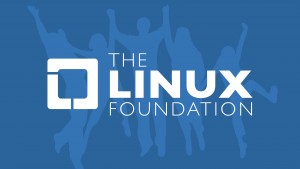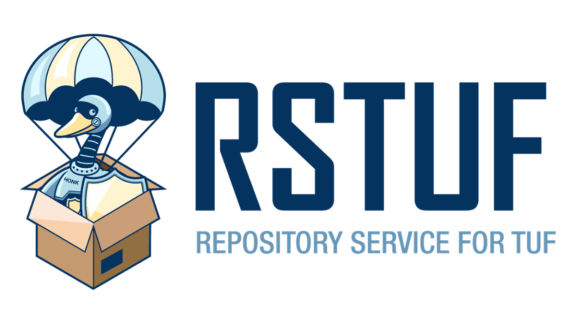By Constantine Polychronopoulos, VP & CTO, Telco and NFV at VMware
The Open Network Automation Platform (ONAP) merges the Open Source ECOMP effort and Open-O under the auspices of the Linux Foundation. It is wonderful news and a decisive step in the right direction! Read more in the Press Release from the Linux Foundation.
Both Open-O and ECOMP have made significant progress in their attempt to define a common approach to network orchestration and automation, but the two efforts also diverged in their respective scope, with Open-O focusing on network functions orchestration and ECOMP taking a broader approach attempting to define an end-to-end architecture that included pretty much every function under the realm of network services automation – leveraging, of course, other open source SDN, virtualization and VIM components.
By coalescing the two into a common effort under the Linux Foundation, ONAP will have a tangible impact in the industry that will be far greater than the sum of its parts. Given the leading role and active participation in ONAP of global operators such as AT&T, China Mobile, China Telecom, Bell Canada, Orange and the founding role of leading network technologies companies that include VMware, Ericsson, Nokia, Intel, IBM, Cisco, Metaswitch, GigaSpaces and many others, we expect to see accelerated progress toward converging on a flexible and extensible architecture and interface specifications, that will bring significant qualitative and quantitative benefits to the entire industry.
Following its tradition of strong commitment to Open Source projects as both a contributor and an adopter of open source initiatives, VMware, having been a Platinum member of Open-O, takes again the lead in this seminal effort as a Founding and Platinum member of ONAP.
Bringing the same innovation engine that made compute, storage and network virtualization and cloud computing commonplace, VMware plans to work closely with AT&T, China Mobile, Intel, Ericsson and the rest of the leading operators and network equipment providers in the ONAP effort, in order to define a common, encompassing and extensible foundation for the management and orchestration of software-defined networks and network functions.
In addition to a reference architecture that, given the composition of ONAP, is certain to account for all use cases including 5G and network functions supporting IoT, ONAP APIs will help all drive toward seamless interoperability across technology vendors and service providers.
The ONAP project will also boost innovation as networking companies will be more willing to invest in novel network functions that can leverage the ONAP reference architecture, simplifying both development and deployment of such capabilities. The list can be long, including smart, proactive WAN-based security solutions that rely on machine learning for the effective isolation and mitigation of threats, to innovative approaches to network slicing that will certainly be critical to IoT and enterprise solutions, to personal/private clouds etc.
Our hope and wish is that the ONAP project takes an inclusive approach to defining the reference architecture and APIs for network resource and function orchestration and service automation. That is, an approach that does not result in an architecture hard-wired to specific sub components, but rather a design that will enable a plug-and-play environment for conforming best-of-breed solutions regardless of whether they are proprietary or open source based. This is the way to boost developer community and industry innovation while maintaining flexibility and the ability to differentiate.
To learn more about ONAP, visit The Linux Foundation.






